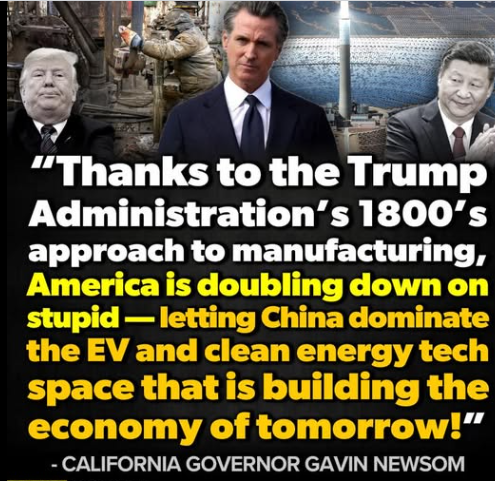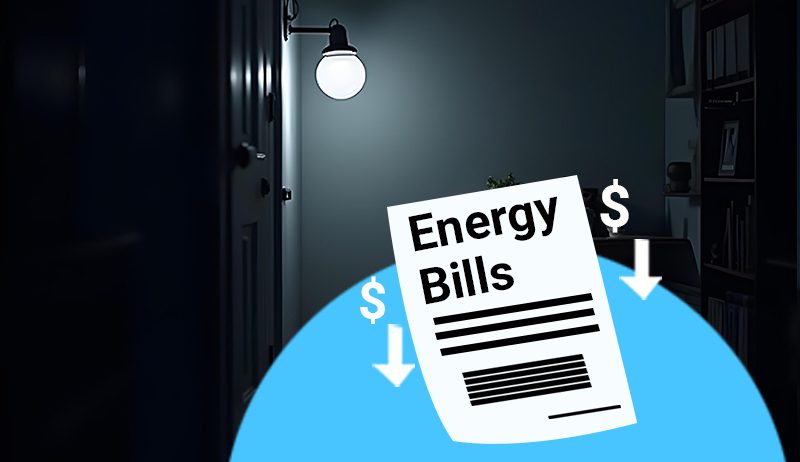Renewable Energy
Explore Commercial Heat Pump Warranties: What Cyanergy Offers?
Renewable Energy
Handing the Keys to the Kingdom over to the Chinese
 When I argue for environmental responsibility and the decarbonization of the grid, I often say:
When I argue for environmental responsibility and the decarbonization of the grid, I often say:
I know there are people who believe, perhaps because this is what they’re told by Donald Trump, that climate change is a hoax. But are there people who don’t believe in cancer? In the importance of our country’s investing in the industry that is destined the dominate the 21st Century?
Trump will be gone soon. Maybe you and I will be gone (in a different sense) before the effects of this administration’s folly in the EV and cleantech industry are fully felt.
But it’s inevitable, unless we turn this around, and soon.
Renewable Energy
Small, Vertical-Axis Wind Turbines (VAWTs)
 In preparation for my first book, “Renewable Energy – Facts and Fantasies,” I interviewed Ray Lane, then managing partner of Kleiner Perkins, one of the world’s great venture capital firms, who told me about his stance with his prospects, “You build the first one. I’ll invest in the next 20. Then we’ll take the thing public and use that cash to build the next 5000.”
In preparation for my first book, “Renewable Energy – Facts and Fantasies,” I interviewed Ray Lane, then managing partner of Kleiner Perkins, one of the world’s great venture capital firms, who told me about his stance with his prospects, “You build the first one. I’ll invest in the next 20. Then we’ll take the thing public and use that cash to build the next 5000.”
I’m 99+% sure that the “first one” of these will never be built, i,e., installing these VAWTs at the base of functioning wind farms. The concept is asinine, as it defies the laws of fluid dynamics.

.
-
Climate Change4 months ago
Guest post: Why China is still building new coal – and when it might stop
-
Greenhouse Gases4 months ago
Guest post: Why China is still building new coal – and when it might stop
-
Climate Change2 years ago
Spanish-language misinformation on renewable energy spreads online, report shows
-

 Greenhouse Gases2 years ago
Greenhouse Gases2 years ago嘉宾来稿:满足中国增长的用电需求 光伏加储能“比新建煤电更实惠”
-
Climate Change Videos2 years ago
The toxic gas flares fuelling Nigeria’s climate change – BBC News
-

 Climate Change2 years ago
Climate Change2 years ago嘉宾来稿:满足中国增长的用电需求 光伏加储能“比新建煤电更实惠”
-

 Carbon Footprint2 years ago
Carbon Footprint2 years agoUS SEC’s Climate Disclosure Rules Spur Renewed Interest in Carbon Credits
-
Climate Change2 years ago
Why airlines are perfect targets for anti-greenwashing legal action









